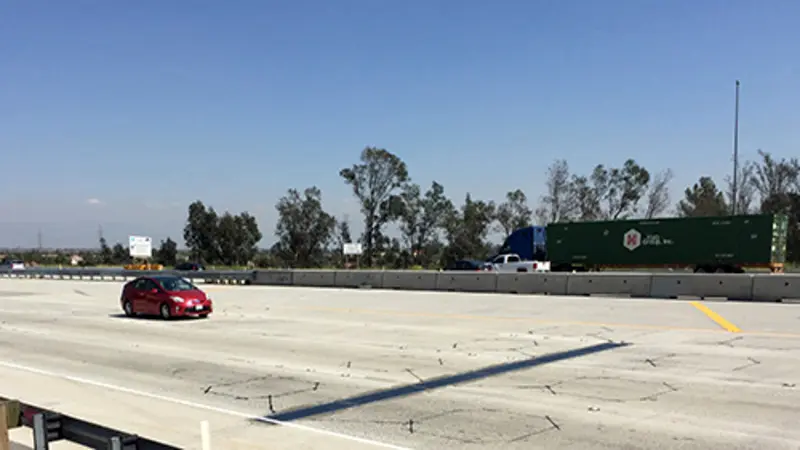CLR Analytics secures funding from FHWA for inductive loop signature tracking system

TIN news: Transportation and traffic engineering solution provider CLR Analytics has secured funding from the US Federal Highway Administration (FHWA) through the US Department of Transportation’s (USDOT) to address the existing limitations of weigh-in-motion (WIM) technologies.
The USDOT's Small Business Innovation Research (SBIR) programme encourages and supports small businesses that are engaged in research and development activities that address high-priority transportation needs.
WIM technology is used to collect the travel data of commercial motor vehicle (CMV) in order to make essential improvements to enhance and maintain roadway safety.
Although there are various mechanisms available to collect the CMV data, WIM devices are claimed to offer the most accurate and efficient data, but are expensive to maintain and operate.
To address this limitation, CLR Analytics has developed the new inductive loop signature (ILS) tracking system that accurately measures a vehicle's travel time and purpose.
The company claims that its ILS tracking system offers a low-cost and low-maintenance solution with only $700 a sensor, which will be added to pre-existing WIM devices in order to identify highway traffic and predicting traffic patterns.
CLR Analytics further explained that their ILS tracking sensors are designed to capture detailed vehicle information that can be used to identify out-of-calibration stations, as well as estimate truck activities and load distributions.
The ILS technology gathers data using a series of wires, which are placed on the highway surface at different points to capture information of the vehicle that crosses over them.
Under the SBIR programme, CLR Analytics received nearly $950,000 from FHWA for this research.
In order to test the efficacy of the new tool, CLR Analytics had partnered with the California Department of Transportation (Caltrans) to deploy the ILS system at 17 freeway sites in California and one arterial site in Minnesota.
According to Caltrans, the data collected from ILS sensors provided more accurate and comprehensive traffic data by identifying changes in vehicle emissions passing over the sensors, based on the amount of traffic on the road.















![AIRBUS A380 [MORE THAN 600 PASSENGER’S CAPACITY PLANE]](https://cdn.tinn.ir/thumbnail/4jCp4EQvCU0b/IjHVrSYQrIAqIzXuTzADR7qLYX4idQT4nfq__26E5SCUPLMqfhWkWajvuO9Wfq1ql1TjV4dhkrHliNQU82kMpo2NNftT_NGEwHc9KXtN_rk731bmifa2IQ,,/airbus-a380-structure1.jpg)

Send Comment